Chmod Give All Permissions To File
Chmod -R MODE DIRECTORY.
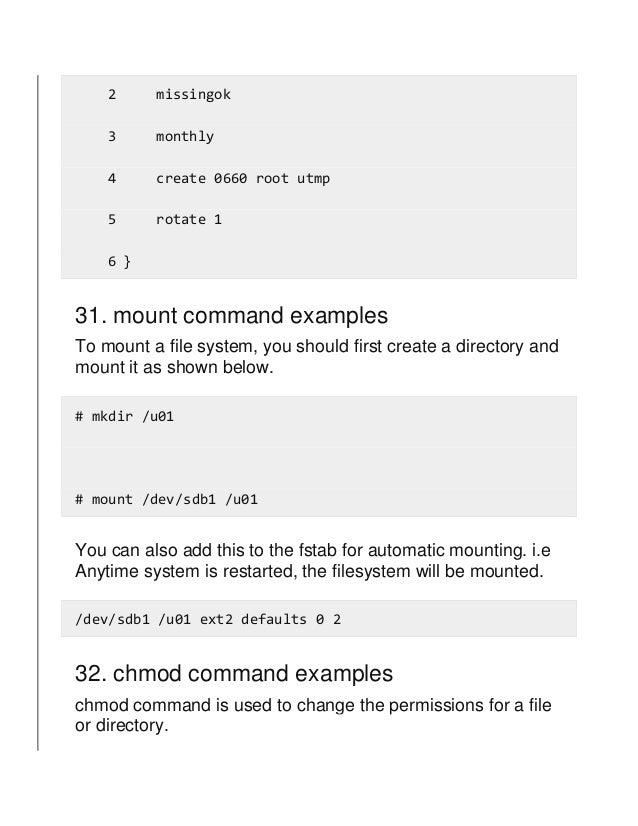
Chmod give all permissions to file. Using chmod command is very easy if you know what permissions you have to set on a file. By - Linux tutorial - team. 111 numerical value will grant execute permissions to user (owner), group and others to specified file.
Configuring file permissions You can configure your file permissions inside of your Windows drives using the mount options in wsl.conf. After user level we have provide what needs to be done i.e. The options of chmod are as follows:.
Users, groups and others:. -rwxr–r– Where the user has all permissions ( read, write, execute), and the group and other both only have read permissions. The “mode” consists of three parts:.
Apply permission on all files in directories/ sub-directories files recursively. The chmod command allows you to change the permissions of files using symbolic or numeric mode. Others can read only".
Windows 10 is a powerful and customizable operating system and takes care of all file permissions at system level. The mode parameter consists of four numbers:. Set the permissions of file.htm to "owner can read and write;.
The second digit contains the permissions for group members, 0 is the octal code that is set is to no permissions amongst the members. You should avoid using the suid flag unless necessary. The permission scheme described above also applies to directories.
The extended FAT and NTFS file systems ignore this permission since all files are always readable. Hdfs dfs –chmod -R <mode> <file/dir> You must be a super user or the owner of a file or directory to change its permissions. Using a Reference File # The --reference=ref_file option allows you to set.
Specifies the path to the file:. By setting permissions, you are replacing all existing permissions with the ones specified. Changing HDFS File Permissions.
Give read, write, and execute permissions, and a sticky bit to a given directory:. The command that executes such tasks is the chmod command. To change file and directory permissions, use the command chmod(change mode).
Next, change all directories and files in the web root to the same group (www-data) - just in case there are files in there currently:. To remove all existing permissions, set read and write access for the user while allowing read access for all other users, type:. Also, both users and groups can be the owners of files and directories.
Recursively (-R) Change the permissions of the directory myfiles, and all folders and files it contains, to mode 755:. The easiest way for a beginner to modify file or directory permissions is to use the symbolic mode. Using chmod in Symbolic Mode.
Chmod changes the access permissions, or modes, of the specified file or directory. # rsync /usr/bin/chmod /tmp/chmod --chmod=ugo+x. This changes the permissions of the folder to rwxr-xr-x.
Chmod -R 755 myfiles. Chmod -R 700 dirname;. Recursively set read, write, and execute permissions to the file owner and no permissions for all other users on a given directory:.
This will give everyone permission to execute the file with the permissions of the user who set the +s switch. Remove the read, write, and execute permission for all users except the file’s owner:. Breaking this down, the a means all and rwx means set read, write, and execute.
How to Change File and Folder Permissions. Chmod -R ug+rw foldername Permissions will be like 664 or 775. The basic syntax is:.
The third number specifies permissions for the owner's user group;. Group — all users who are members of the same group. The first number is always zero;.
It can also be used to assign permissions for files as well. The symbolic permissions of the files and folders in your home directory are displayed, as shown below. We will be using the chmod command to change file and folder permissions in Linux.
Chmod 700 filename You can do the same in symbolic mode. To modify the permission flags on existing files and directories, use the chmod command ("change mode"). You can use standard Linux file permissions.
It can be used for individual files or it can be run recursively with the -R option to change permissions for all of the subdirectories and files within a directory. To determine the mode (or permission settings) of a particular file, use the command `ls -lg filename'. Symbol Meaning u user g group o other a all r read w write (and delete) x execute (and access directory) + add permission-take away permission # remove read write and execute permissions # on the file biglist for the group and others chmod go-rwx exam.pdf # give read and write permissions on the file.
The permissions control the actions that can be performed on the file or directory. On computer file systems, different files and directories have permissions that specify who and what can read, write, modify and access them.This is important because WordPress may need access to write to files in your wp-content directory to enable certain functions. We overwrite the current permissions).
This is obviously a security hazard. Use sudo, the find command, and a pipemill to chmod as in the following examples. Chmod a=r foldername to give only read permission for everyone.
The chmod command, like other commands, can be executed from the command line or through a script file. For example, to use chmod to set permissions of file "filename" to -rwxrwxrwx you could run:. In Linux, who can do what to a file or directory is controlled through sets of permissions.
Chmod Modifies File Permissions. This can be achieved by changing file permissions. Chmod command is followed by which level user i.e.
If you need to list a file's permissions, use the ls command. The chmod command specifies which class or classes (user, group, other) have access to the. Group members and other users can read and execute, but cannot write.
An example, recursively add read and write permissions for the owner and group on foldername:. (Modes determine who can read, write, or search a directory or file.) Users with read access to SUPERUSER.FILESYS.CHANGEPERMS (a UNIXPRIV class profile), can use the chmod command to change the permission bits of any file. To set file permissions, you’ll use the chmodcommand at the terminal.
Type chmod 755 foldername, and then press Return. Fortunately, many FTP clients such as FileZilla have the ability to change permissions directly within the client. Chown and chmod are the tools we use to manipulate ownership and access permissions of files and directories.
To change the file or the directory permissions, you use the chmod (change mode) command. Specifies the new permissions. + for adding and – for removing.
In Linux, users can belong to one or more groups. User, group or all. If this is off, you cannot read the file.
$ chmod 777 -R /path/to/Dir To assign reasonably secure permissions to files and folders/directories, it's common to give files a permission of 644 , and directories a 755 permission, using the find command and a pipe we can target just files. How to change file permissions using chmod and chown. While the above commands regarding chmod are useful, it can be understandable if a user doesn’t want to have to log in via SSH just to change permissions on a file.
To change permission of only files under a specified directory. Chmod options mode filename filename1… chmod options mode directory_name. The first digit contains the permissions for file owner, 7 is the octal code in which the permissions are set for the owner:.
How to Change Groups of Files and Directories in Linux. Linux file permission is a very important aspects in terms of security issues for the system administrator of Linux Operating System. But first, you need to be aware that there are three types of users who can interact with a file:.
Actually, chmod Command in Linux plays a greater role to keep all the files and directories of the system safe and secure so that no unauthorized person. Setting the permissions to 777 is highly discouraged. Who the permissions apply to, how the permissions are set and which permissions to set.
Here’s the general syntax for using the chmod command:. The third digit contains the. Read, write, execute 0:.
Both the codes give read (code=4) permission to user, write and execute (code=3) for group and read and execute (code=5) for others. Group can read only;. $ chgrp -R www-data / var /www.
The umask is applied to all files, the dmask is applied just to directories and the fmask is applied just to files. The same thing can be also accomplished by using the following form:. The owner of a file can change the permissions for user (u), group (g), or others (o) by adding (+) or subtracting (-) the read, write, and execute permissions.
Chmod is command which changes permission of a file or folder for particular user or group as per instructions provided. So chmod 744 script.sh would give us the exact same permissions that we just observed on script.sh:. The chmod command changes the access permissions of files and folders.
7 — no permissions. Mykyta Dolmatov / Getty Images. A single user may be the member of several groups but only the primary group of the user is the group owner of a file created by the user.
Chmod 707 myfile chmod – is the command to change permissions 7:. Linux File Permission :. Using symbols (alphanumerical characters) using the octal notation method.
This is not done recursively. Chmod is how we handle the file permissions. The general syntax to recursively change the file’s permissions is as follows:.
When it comes to using the ls and chmod commands, practice makes perfect. User can read, write, and execute;. There are three sets of permissions.
You can use the chmod command to change the permissions of a file or directory. Examples chmod 644 file.htm. = turns on the specified permissions and turns off all others.
The mount options allow you to set umask, dmask and fmask permissions masks. As you can see, we start by first specifying the group permission group by utilizing the g letter. To assign reasonably secure permissions to files and folders/directories, it's common to give files a permission of 644, and directories a 755 permission, since chmod -R assigns to both.
As all Linux users, you will at some point need to modify the permission settings of a file/directory. For our example command, we are going to give the group permission group, read and write privileges on a file called readandwrite. Chmod permission file_name There are two ways to define permission:.
Changing permissions with chmod. For example, if you want the owner to have all the permissions and no permissions for the group and public, you need to set the permission 700 in absolute mode:. Chmod -R will change all the permissions of each file and folder under a specified directory at once.
How to Set File Permissions Using `chmod' Files. Chmod can be used only by the file owner or a superuser. Using the command, we can set permissions (read, write, execute) on a file/directory for the owner, group and the world.
$ ls -l /tmp/chmod. However, you could face different file permission errors in Windows 10 due to various reasons. The permission part of a symbolic mode is any combination of the following:.
Chmod 111 techtutorial Execute permissions to all. As well as details of ownership, each file has metadata about its access permissions. And even this… chmod 775 file_name chmod ug+rwx,o=rx file_name Both the commands give all permissions (code=7) to user and group, read and execute (code=5) for others.
Give the file’s owner read, write and execute permissions, read and execute permissions to group members and no permissions to all other users:. If you provide same permissions to directory you can enter into directory but you can’t do anything, directory execute permissions means providing the access to enter into directory. This will help you to work safely and protect your files from other users on the same computer.
Chmod ugo+rwx foldername to give read, write, and execute to everyone. There are two ways to use chmod — the symbolic mode and the absolute mode. $ chmod go+x / var /www.
The u flag sets the permissions for the file owner, g refers to the user group, while o. Say you do not want your colleague to see your personal images. For a directory, whoever has `read'.
Next, check if the executable permission is assigned to chmod:. There are two basic ways of using chmodto change file permissions:. The = means that permissions are to be set to exactly what we specify.(i.e.
First, let us copy the chmod binary file to /tmp location while assigning executable permissions to all, i.e. To change directory permissions for everyone, use “u” for users, “g” for group, “o” for others, and “ugo” or “a” (for all). The symbolic method and the absolute form.
We can use chmod and chown to manipulate the file permission. Lets see few example. If you want to set permissions on all files to a+r, and all directories to a+x, and do that recursively through the complete subdirectory tree, use:.
The fourth number specifies permissions for. Give read, write and execute permission to the file’s owner, read permissions to the file’s group and no permissions to all other users:. Permission Modes # Permission Modes 7 5 5 user group world r+w+x r+x r+x 4+2+1 4+0+1 4+0+1 = 755.
Chmod Command in Linux Linux File Permission Introduction to Linux File Permission. Once again, we use 'group' and 'other' but we use '+' to allow the execute ('x') permission. We can use the ' chmod' command which stands for 'change mode'.
To recursively operate on all files and directories under a given directory, use the chmod command with the -R, (--recursive) option. The second number specifies permissions for the owner;. Just add the -R option to recursively change the permissions of files.
Chmod -R a+rX * click below button to copy the code. Lets see how to use the the above numbers to set permission, we remove all permissions from group and give rwx :7 permission to group and others. Root user has super powers and normally, it has read, write and execute permissions to all the files, even if you don’t see it in file permissions.

How To Modify The File S And Directories Permission In Linux Vasanth Blog

How To Use Chmod And Chown Command Nixcraft

Linux File And Directory Permissions Explained
Chmod Give All Permissions To File のギャラリー

Linux File Permissions Complete Guide Devconnected

Directory How Can I Change Permissions Of A Folder Including Its Enclosed Files And Subdirectories Ask Ubuntu

Chmod Command In Unix Unix File Permissions Chmod With Examples Chwn Command Chgrp Command Unmask

How To Change File Permissions Recursively With Chmod In Linux

Understanding Basic File Permissions And Ownership In Linux The Geek Diary
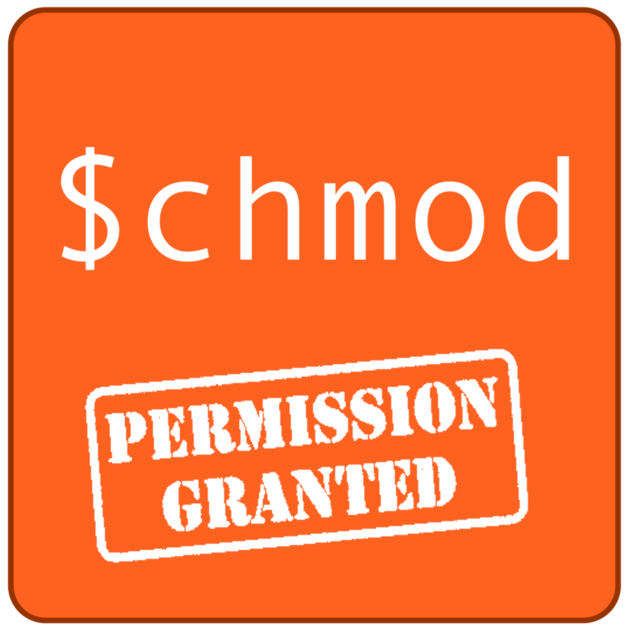
Changing File Permissions In Linux The Chmod Command By Saswat Subhajyoti Mallick Medium

Chmod Wiki Ask Ubuntu
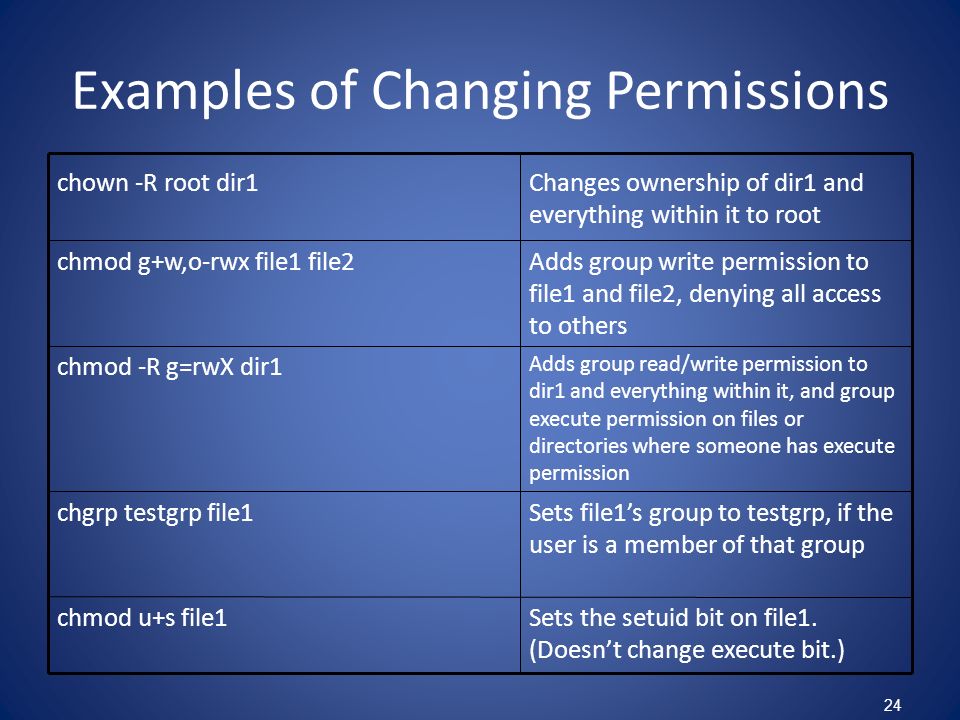
Permissions Why Use Chmod Instead Of Chmod U Rw Go R Unix Linux Stack Exchange
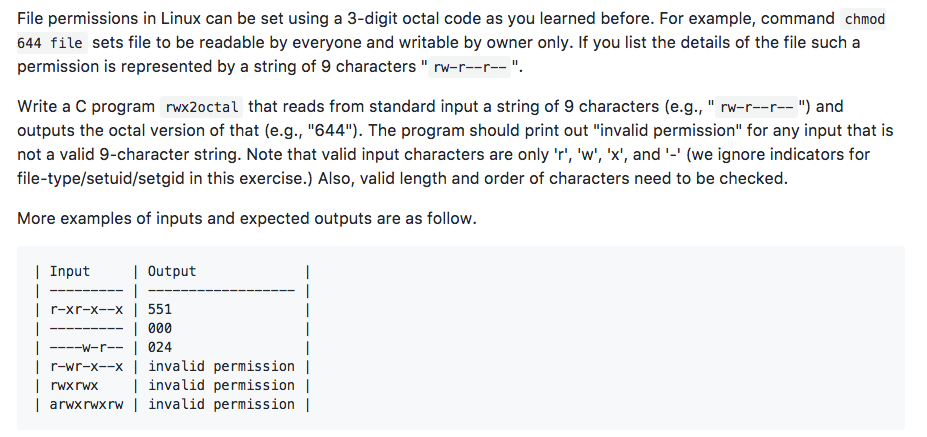
Solved File Permissions In Linux Can Be Set Using A 3 Dig Chegg Com

Use Of Chmod Command In Linux Devopsdex
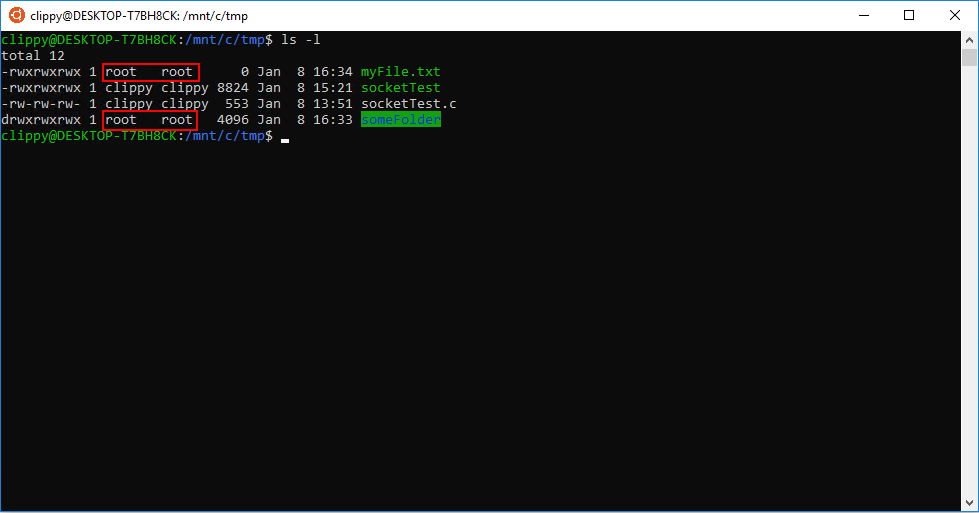
Chmod Chown Wsl Improvements Windows Command Line

Introduction To Linux File Permissions Attributes Chmod Globo Tech

Linux Permissions An Introduction To Chmod Enable Sysadmin

Linux File Permissions Tutorial For Beginners

An Introduction To Linux File Permissions Boolean World

Change File And Folder Permission On Ubuntu Chmod Chown Command In Linux Youtube

Give Write Access Chmod Unix
Q Tbn 3aand9gcs J72hjomdluhqe6xjivy M6yrjmkqx9x3z3ps Rpnb8by3w7z Usqp Cau

Linux Users And Groups Linode

Linux Permissions Guide Plex Support
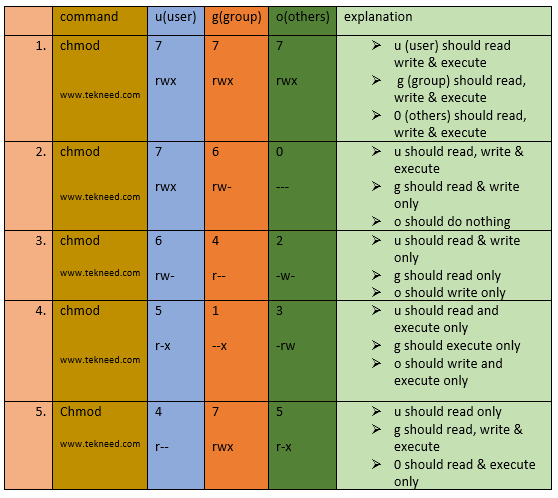
How To Set And Manage File Permission In Linux Part 1

How To Set File Permissions In Mac Os X Macinstruct

How To Use Chmod And Chown Command In Linux

Linux Chmod Example Linux Hint
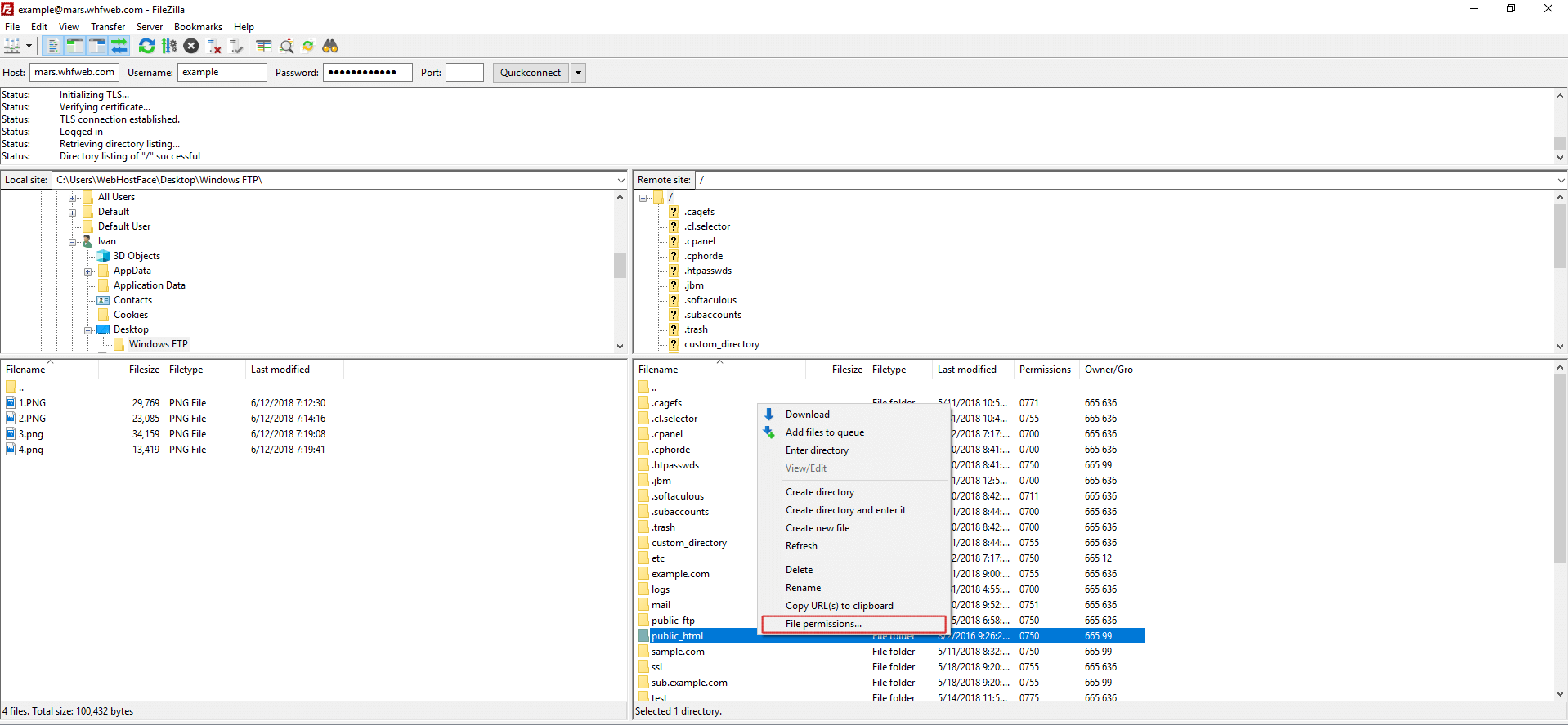
Change Ftp Permissions With Filezilla On Windows Computer

Permissions In Linux Geeksforgeeks

Chmod Cheatsheet Linux
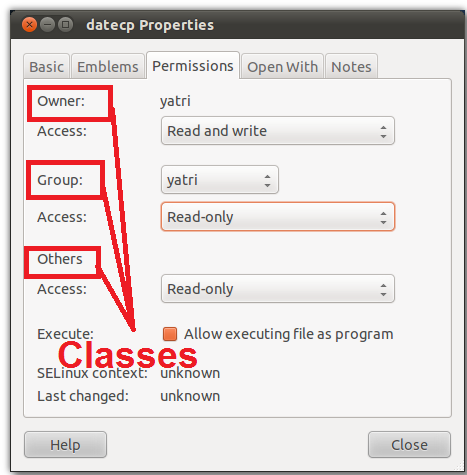
What Is Chmod 777
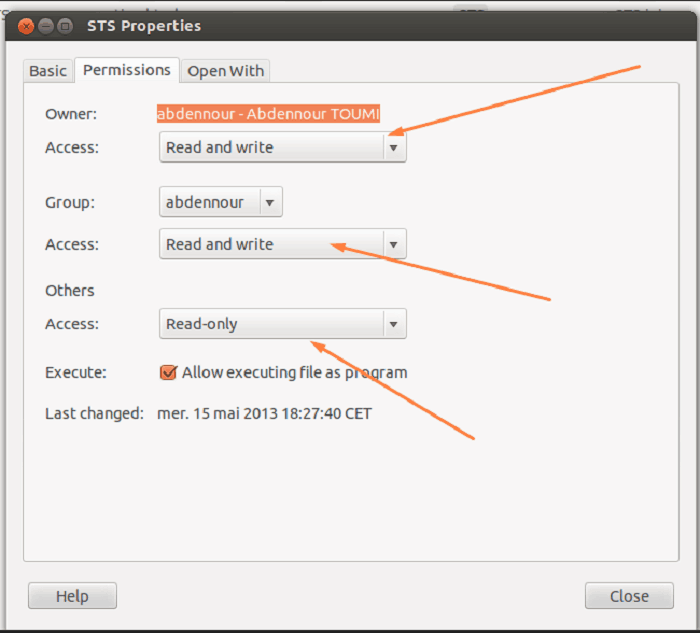
What Is Chmod 777 How To Change File Permissions For Linux Tech Ninja Pro

Changing File Permissions Wordpress Org
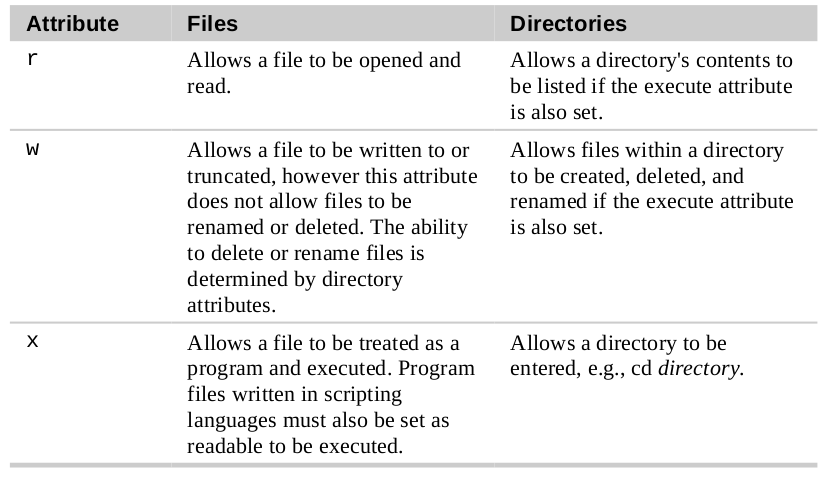
Chmod Wiki Ask Ubuntu

44 File Permissions Chown Chgrp Chmod Umask Dong A Place To Track My Time Log

How To Change File Permissions Recursively With Chmod In Linux

Linux Terminal File Permissions Chmod Chown And Chgrp Youtube

Permissions In Linux Geeksforgeeks

Modify File Permissions With Chmod Linode
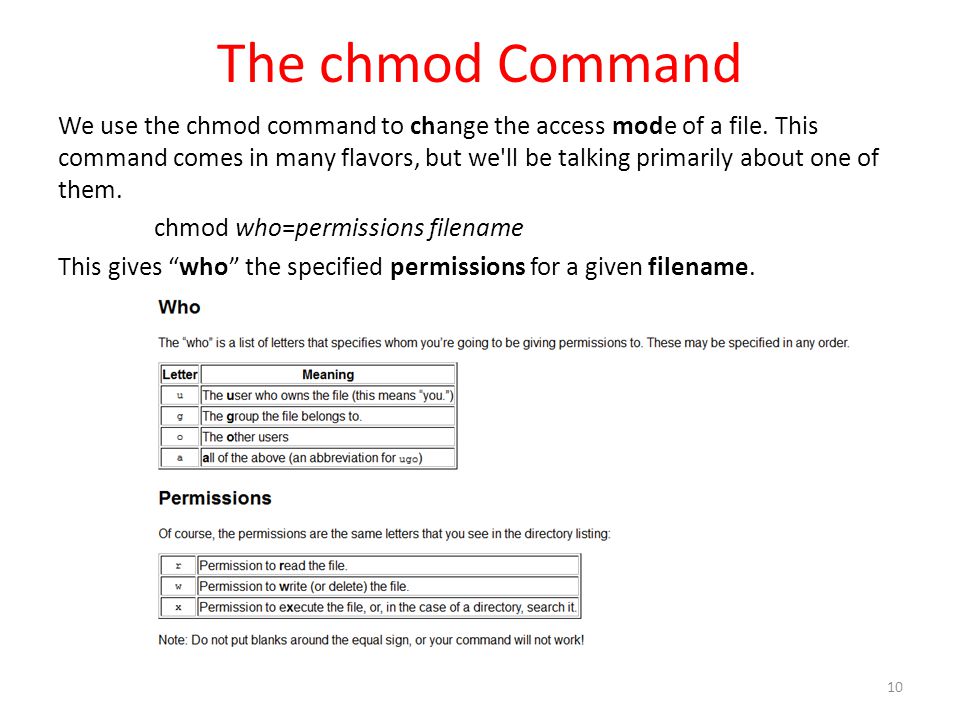
Workbook 4 File Ownerships And Permissions Ppt Video Online Download

Linux File Permissions Complete Guide Devconnected

File Permissions Rhel 7 Tutorial

8 Linux Chmod Command Examples To Understand It The Linux Juggernaut

Your Own Linux Chmod Basics Of Files Directories Permissions And Use Of Chmod

Chmod Command In Linux With Examples Geeksforgeeks
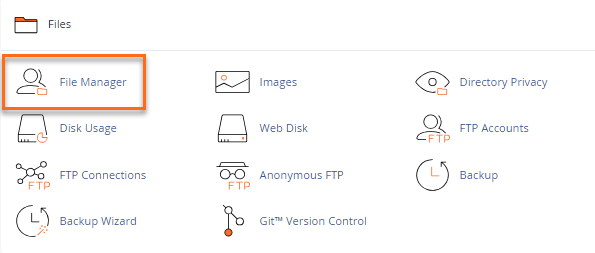
How To Change Permissions Chmod Of A File Hostgator Support
:max_bytes(150000):strip_icc()/i7guGwCYcn-34e068e148ae4e918b29c86cd2d5740e.png)
Configuring Unix Linux File And Directory Access Rights
Why Does Doing Chmod 777 Not Make A File Executable But Chmod 755 Does Isn T 777 Greater Than 755 Quora

How To Change Directory Permissions In Linux Pluralsight

Linux Permissions Guide Plex Support

Understanding File Permissions

Chmod Jessica Peng

How To Deny File Permissions To Everyone Except Yourself In Linux Linuxhostsupport
1

Chmod Recursive Change Permissions Recursively On Files Folders

Chmod 777 What Does It Really Mean Make Tech Easier

Chmod How To Set File And Directory Permission In Linux Using Chmod Youtube

Understanding Linux File Permissions With Chmod Umask Chown And Chgrp Liquidon Net
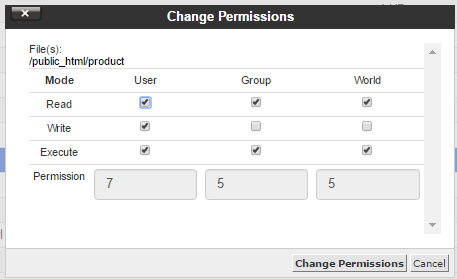
What Is Chmod 777
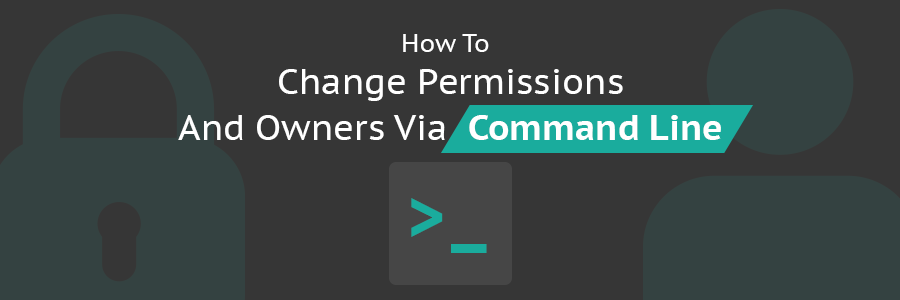
How To Change Permissions And Owners Via Linux Command Line

How To Copy File Permissions And Ownership To Another File In Linux

How To Use The Chmod Command On Linux

Csc128 Permissions And Links Chmod And Ls

How To Use Chmod Command In Linux Explained With Examples

How To Change Directory Permissions In Linux Pluralsight

Chmod 777 In Terminal The Command To Make All Changes Affect Every File And Folder Ask Ubuntu

Chmod Command In Linux With Examples Geeksforgeeks
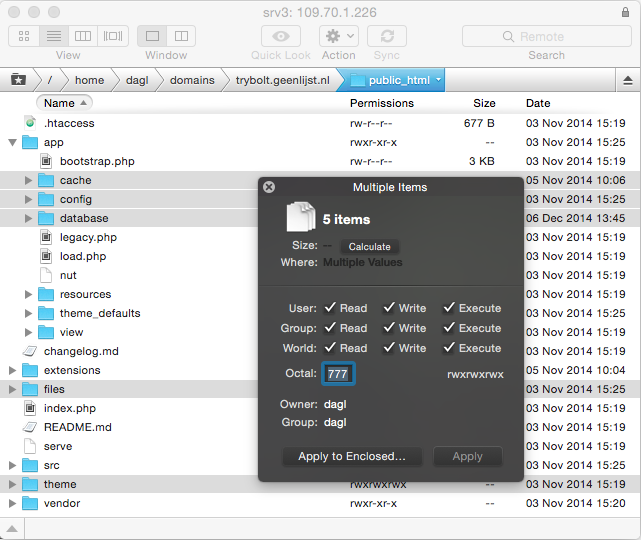
File System Permissions Bolt Documentation
Q Tbn 3aand9gcq2oq90gyu7qjtwwppsiodhgqotjbz3awrstnhczkm6hwgdiahx Usqp Cau

Learning The Shell Lesson 9 Permissions

Chmod 777 755 655 644 And More Permissions Linux Files Tutorials
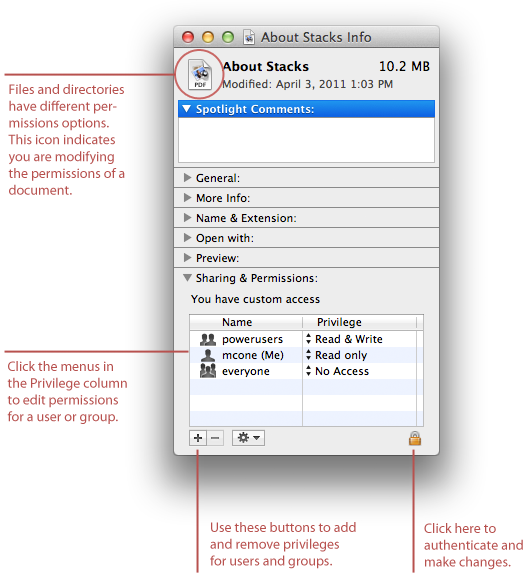
How To Set File Permissions In Mac Os X Macinstruct

What Is Chmod 777 How To Change File Permissions For Linux Tech Ninja Pro

How Do Linux File Permissions Work

Linux Chmod Chown Syntax And Chmod Chown Examples

Ownership And Permissions

Chmod Wikipedia
Why Would Using Chmod 777 Recursively From The Root Cause A Linux Box To Not Boot I Could Understand This If I Were Limiting Permissions But Why Would Adding Permissions Cause This

Ownership And Permissions
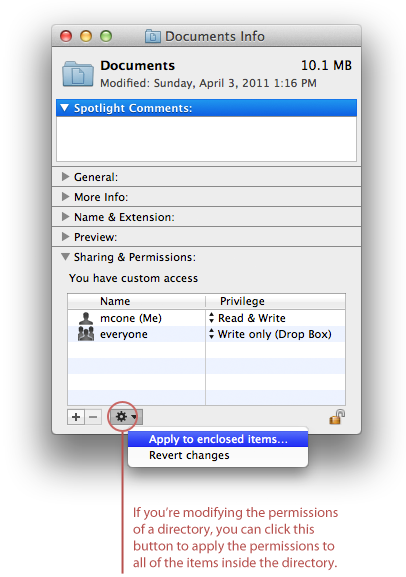
How To Set File Permissions In Mac Os X Macinstruct

Linux In 11 Minutes 2 Files Permissions Compression Decompression Youtube
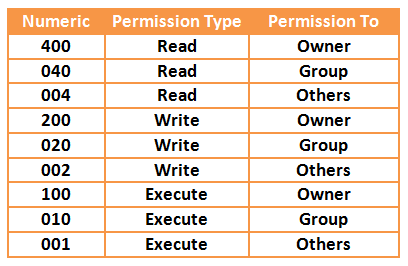
Your Own Linux Chmod Basics Of Files Directories Permissions And Use Of Chmod
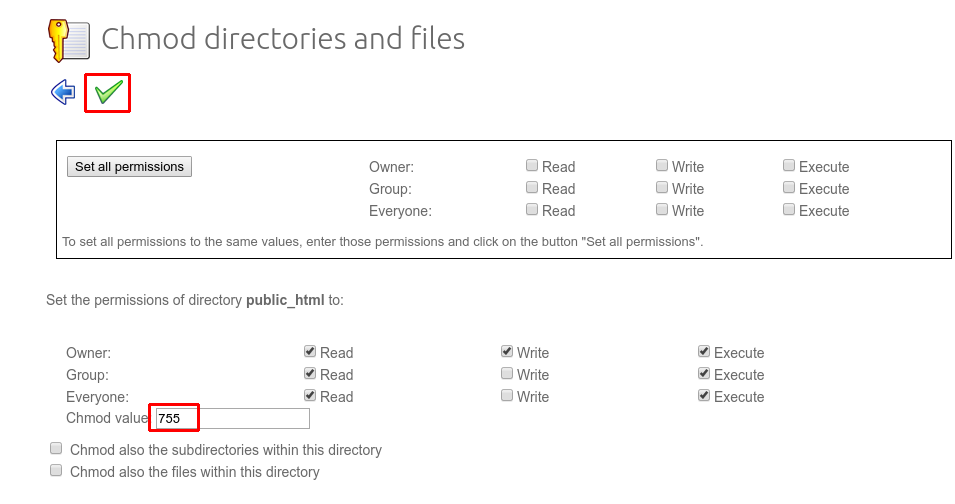
How To Set Access Rights For Files And Folders With Chmod

Chmod 777 755 655 644 And More Permissions Linux Files Tutorials

How To Use The Chmod Command On Linux
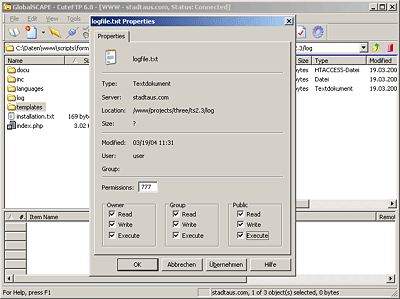
Chmod Ftp File Permissions Stadtaus Com
Linux Chmod Tips

Linux File Permissions Know The Reason Behind That Chmod 777 By Abhishek Chandra Medium

Linux Permissions Guide Plex Support

How To Give Read Write Permissions To A Folder In Ubuntu Code Example

Chmod Chown Wsl Improvements Windows Command Line

Linux File Permissions Tutorial How To View And Change Permission
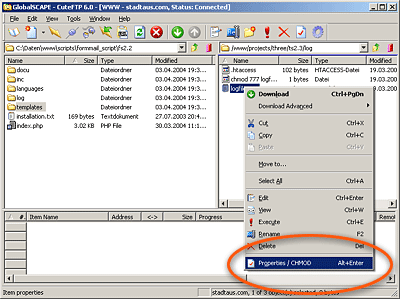
Chmod Ftp File Permissions Stadtaus Com

How To Change Directory Permissions In Linux Pluralsight

Linux Commands 5 File Permission Chmod Youtube

Linux Chmod Command Tutorial With Examples To Change Permission Of Files And Folders Poftut

How To Change File Permissions Recursively With Chmod In Linux
Q Tbn 3aand9gcslbhvh5emm 4 Trrp3thfcmqosdrfzef Gvyldtqf1wtkgi37f Usqp Cau

Understand Linux File Permissions Using Chmod And Chown Commands Programming Tips For Versatile Coders

Permissions In Linux Geeksforgeeks

Setting File And Directory Permissions Computational And Information Systems Laboratory

How To Copy File Permissions And Ownership To Another File In Linux

How To Change Permissions Chmod Of A File Hostgator Support
.png)
File Permissions In Linux Unix With Example



